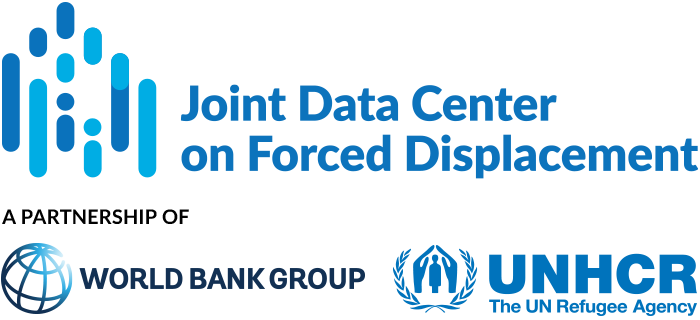Enhancing research methods and data collection on the forcibly displaced
Dear Colleagues,
Forced displacement is a complex phenomenon, whose impact on those affected spans over a multiplicity of dimensions. The selection of papers and reports included in our Literature Review Database – which now amounts to some 400 summaries – highlights the multifaceted nature of the consequences of forced displacement on both those displaced and their host communities. Environmental impact, gender violence, management of health facilities, education access are just a few examples of the topics analyzed in the selected papers.
Many of the articles summarized in this month’s Literature Review Update have been published in the Journal of Development Economics (JDE) – one of the most distinguished journals on development – and more specifically, in the special issue which the journal has devoted to the Economics of Forced Displacement. Several of these contributions are the result of the joint JDE, World Bank, Brown University, Harvard University and JDC’s call for papers in the summer of 2019, and were discussed at the first JDC Research Conference on Forced Displacement, held in January 2020.
Among the many areas of research, education in particular is attracting attention. This is hardly surprising, as investments in education are among those which can shape both individual life trajectories and country-level economic outcomes. It is therefore relevant to assess what the costs of educating displaced children is, as part of a more comprehensive response strategy to support access to adequate education for all children and youth. A recent report by the World Bank and UNHCR, called The Global Cost of Inclusive Refugee Education, provides a methodology for estimating these costs, with a specific focus on refugee children hosted in low, lower-middle and upper-middle income countries. The report is a relevant starting point for a global assessment of the impact that forced displacement has on the educational systems of host communities. The recent second JDC Quarterly Digest, Forced Displacement and Educational Outcomes: Evidence, Innovations, and Policy Indications, which was curated by two members of the team behind the UNHCR-World Bank report, highlighted some of the salient themes that emerge from an analysis of the empirical evidence on education and forced displacement.
Meanwhile, the COVID-19 pandemic still exerts dramatic consequences on many of the most basic aspects of life, especially for the most vulnerable populations. Yet, assessing these impacts is difficult and requires a considerable effort in terms of data collection and analysis. The JDC, in collaboration with the World Bank and UNHCR, is supporting the use of High Frequency Phone Surveys to collect data on the socioeconomic impact of COVID-19 on those forcibly displaced. Despite potential technical challenges, these surveys are very useful tools for the rapid collection of reliable data, for monitoring purposes. An example of the empirical and policy relevance of these methods can be found in Kenya, where estimates collected by UNHCR and the World Bank in collaboration with the Kenya National Bureau of Statistics using the World Bank High Frequency Phone Survey, show that the pandemic has had a dramatic impact on the employment situation for most refugees. In this context, women are disproportionately affected, as highlighted in this blog post curated by UNHCR colleagues.
To date, the JDC has supported the integration of those forcibly displaced in ongoing high frequency phone surveys in Burkina Faso, Chad, Djibouti, Ethiopia, and Iraq, and will expand this activity to other countries in the near future. Owing to the rapidity with which evidence can be obtained through these surveys, some results are already publicly available. This is the case for Ethiopia, for which two briefs have been recently released. The briefs provide early evidence on how COVID-19 has affected the living conditions of refugee households in relation to access to food and medicines, school enrollment and educational activities during the pandemic, employment dynamics, income loss, and assistance received. Moreover, they offer a comparison in the effects across different refugee populations and, for most indicators, between refugee and host community households. The timely collection of evidence through the surveys, combined with an analysis guided by high standards of statistical rigor, can provide a valuable tool to policymakers in addressing the consequences of the pandemic.
As always, we welcome feedback and suggestions on the Newsletter, for future editions of the Quarterly Digest or papers to be included in the Literature Review Update. Please don’t hesitate to contact Zara Sarzin ([email protected]) or Domenico Tabasso ([email protected]) directly.
Yours sincerely,
Björn Gillsäter
Head of the Joint Data Center on Forced Displacement


